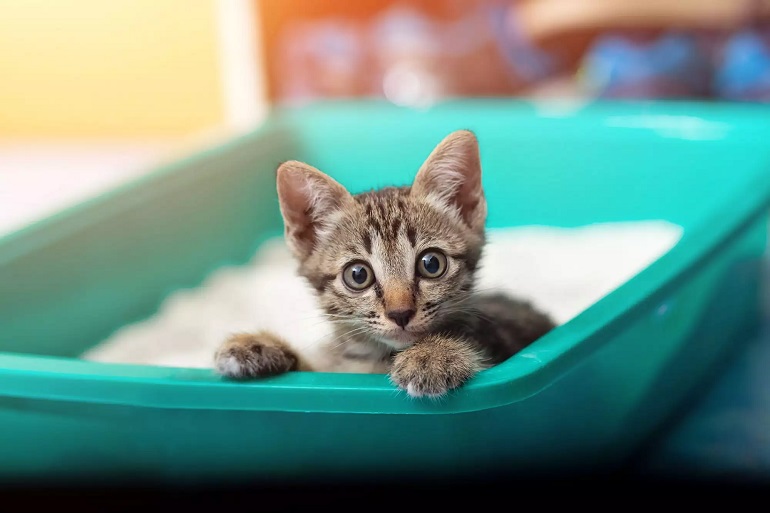Cat owners know how important litter boxes are! They may sound and appear repulsive, but their correct location determines the satisfaction of your furry friend and, ultimately yourself.
Unlike dogs, cats are notoriously unconcerned when it comes to pleasing humans. However, they form a close bond with their family when well cared for.
Having said that, when cats are unhappy about a situation, they will not hesitate in showing their displeasure. These situations include the location of the litter box. Cats are specific about the space that they feel comfortable in while going business.
If you are having litter box problems such as scattered, messed up litter, poop accidents in non-litter box locations, or an irritable cat, the chances are that the kitty lavatory needs relocation.
Don’t worry, we have compiled elaborate details about the correct location and setup for where to put the cat litter box for your ease. Read up to find out!
Basic Litter Box Setup
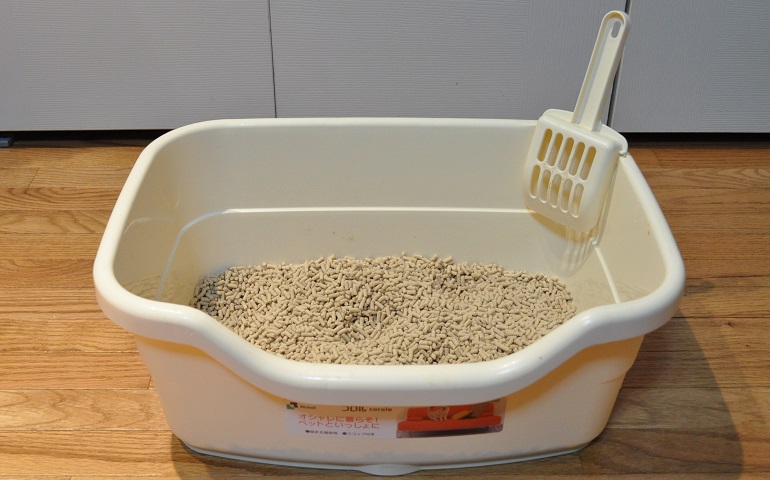
To set up a perfect litter box location, you need the correct equipment to start up.
First, you need a litter box that suits the age and size of your kitty. Avoid using litter boxes with a cover. Fill the box with your choice of cat litter. You should be aware of what is cat litter made of and make sure they’rebio-degradable, environment-friendly components. You can also use clumping or non-clumping cat litter.
Next, you need a kitty litter scoop to pick up the waste. It is recommended to scoop it out twice daily to eliminate the smell and keep it tidy for your fastidious cat. Get a deodorizer and litter tracking mat to keep it super clean.
Finally, choose a place to put the litter box and chart out a cleaning schedule. Your kitty toilet is set to be used. You may begin your litter box training now!
Litter Box Size & Characteristics
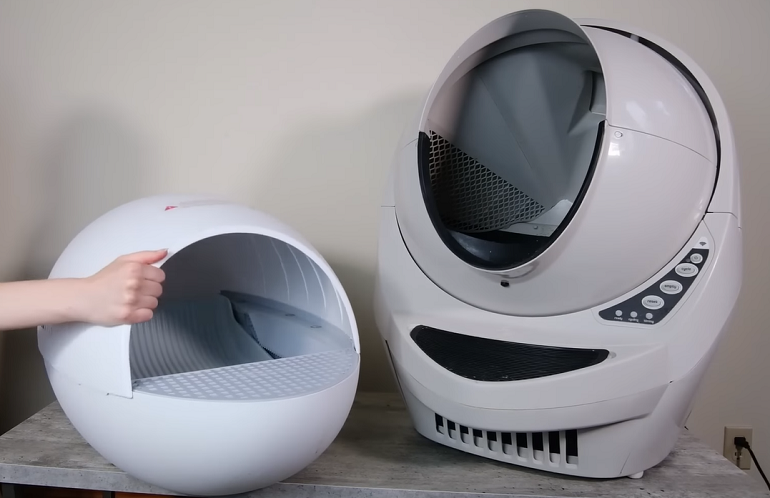
Cats by instinct are bound to watch out for possible threats when they go to pee or defecate. It puts them in a vulnerable position, no matter how much they trust the boundaries of their house.
A litter box should have all the characteristics that make it functional as well as safe from a cat’s point of view. Ideally, a litter box should have enough room for a cat to dig and turn around 360 degrees.
The sides of the litter box should be high enough so that pee does not splatter on the wall behind, even if the cat squats high. The pan should be deep enough to absorb urine. A shallow pan may cause leaks.
The overall size and type of litter box depend on your cat’s age and size. You can work with a small litter box with a kitten and size up when the cat grows. Do not buy high-walled boxes for old cats, as they have trouble climbing in.
Moreover, if you have more than one cat, it’s recommended to get multiple litter boxes for your furballs’ convenience. Find out how many litter boxes you need for the number of cats you own for a better experience.
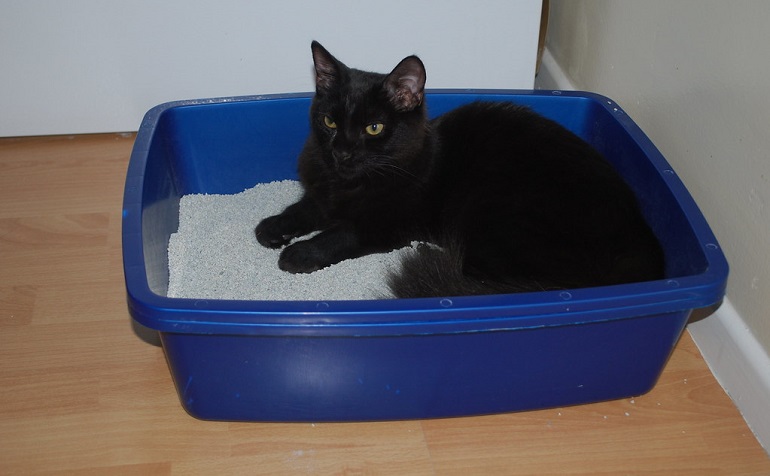
We do not recommend buying closed boxes with covers. Understandably, litter boxes are not the most attractive accessories, and some owners want to keep them as out of sight as possible. But, doing so is not such a great idea.
When you cover the box completely, with maybe the top or front open as an entryway, you limit the access of your cat. They feel threatened and may be triggered to activate their defenses.
This can result in behavioral problems such as marking territory and peeing or pooping outside the litter box. Accidents may extend to your favorite spots, such as furniture, curtains, and rugs.
In addition to this, closed boxes can retain smell and dust particles resulting in airway and lung problems. Litter box odor makes the cats refuse to go for eliminating waste.
If you plan to transfer the same litter box to a new location, do so very slowly and gradually. Kitties do not like change. Move the box foot by foot each time, until you reach the new spot.
Potential Locations to Put Your Cat’s Litter Box
Kitties prefer neat and secluded places to attend nature calls. Even you won’t want your living room to be the toilet station. Let’s dive in to see how you can determine the best place for litter box placement.
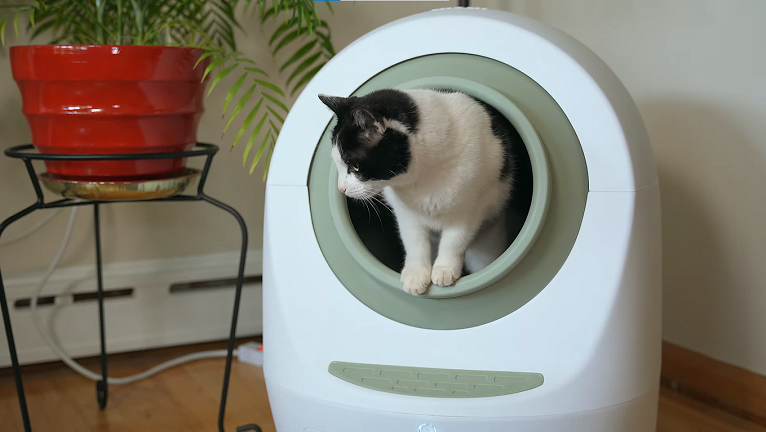
Private Location
The area should be familiar to the cat, but at the same time, they should not be high-traffic areas. A guest bedroom or a guest bathroom may be the right place. You can also put the litter box under the stairs as long as you are careful not to thump on them.
Quiet Location
Cats get startled easily. You may think a laundry room can be chosen as a litter box spot. But, the sound from appliances such as a washer and a dryer can stress the cat out. They will not find it convenient or worth the struggle.
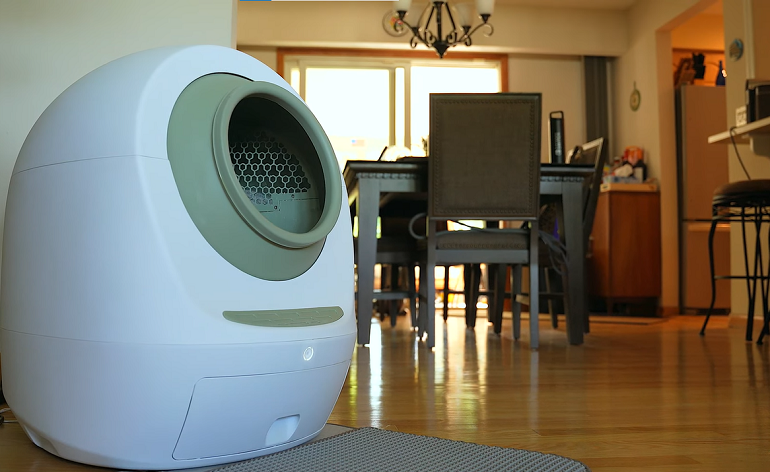
Away from Food
Cats are super neat. They do not eat in places that stink. So, to respect their fastidious nature, put the litter box far from the cat’s food.
Do Not Trap the Cat
A closed litter box with a cover will limit your cat’s escape routes. Offer a box that has at least two open sides. Keep away from stacks and piles to avoid unfortunate falls.
Do not place litter boxes in a dark corner. Your feline friend wants low-traffic but fairly lit areas.
Do Not Make Them Climb Stairs
If you own a young kitten or an old cat, note that it is not easy for them to climb stairs. The extra effort can be harmful to their joint health. If you have a multiple-story house, keep boxes in various locations on all floors for easy access.
It takes your cat more time to go all around the house to find a litter box.
Keep the Doors Open
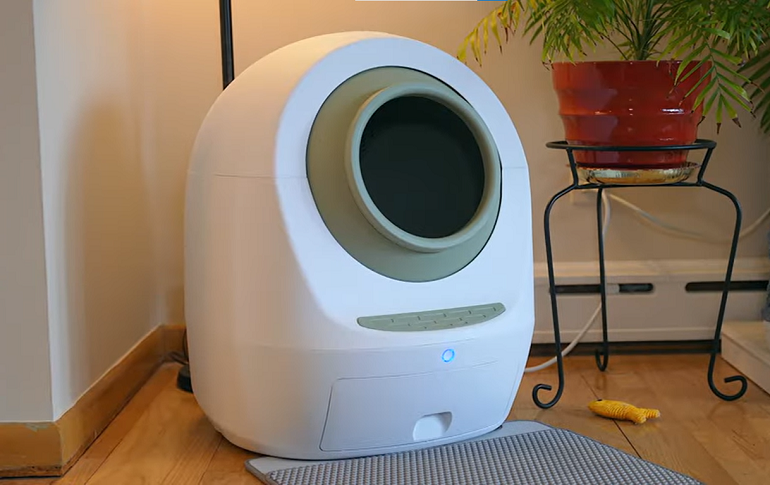
Do not close the door of the room where a litter box is placed. If your cat is locked out, it will have no choice but to eliminate it in an unwanted location. Which totally defeats the purpose of a litter box. You can also install a cat door in the room with the box.
Litter Boxes in Multi-cat Households
Whether you own one cat or multiple cats you must be aware of how many litter boxes per cat you need. As a general rule of thumb, you will need one litter box plus one litter box per cat. If you own one cat, you’ll need two litter boxes. If you own two cats, you will need three litter boxes.
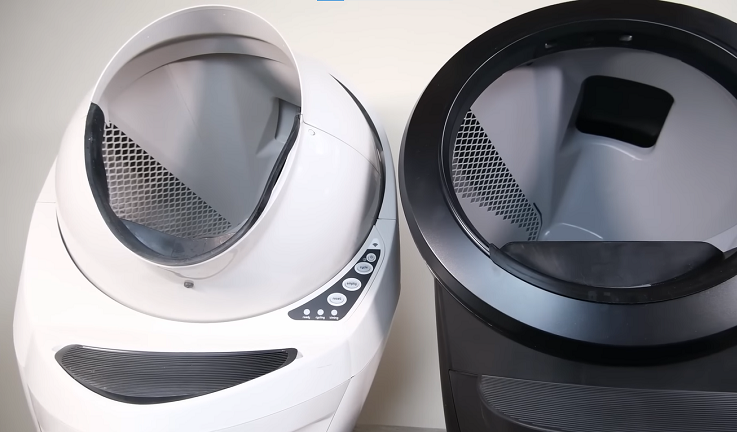
That’s just about the number of boxes. There’s more to be learned when you live in a multi-cat house. Do not put all litter boxes next to each other. Cats may confuse two boxes kept together as one box. It may result in scattered litter.
Cats prefer to defecate in separate boxes. They get intimidated by the odor of other cats’ waste. They sense the presence by smell and may not use the litter box.
Distribute the boxes around the house. If you have a basement keep a spare one over there. There must be boxes upstairs and downstairs.
The only exception for one box per cat is when you have a small apartment. Then it would make sense to have one box for each cat.
Conclusion
Litter box placement depends on your cat’s size and age, and also the size of your home. Generally, it is best to find a quiet place with minimum traffic away from the noise.
Having the box in the right spot keeps your cat happy and ensures that there are no poop accidents around the house. No matter how repulsive you find the litter box, keep your cat’s preference above yours. Happy scooping!


